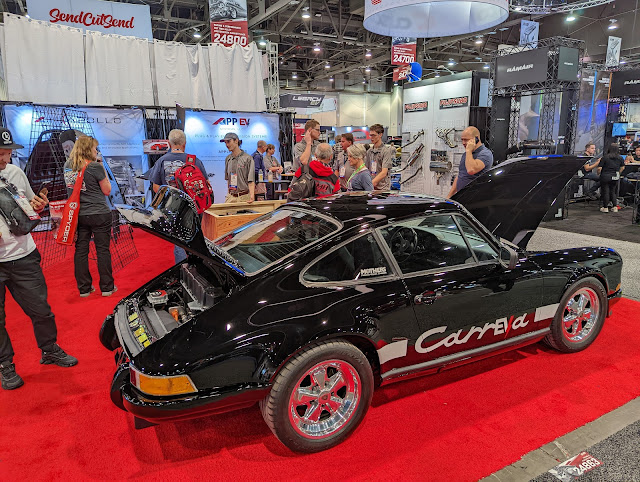I enjoy real off-road mountain bike riding in places where full suspension is a must and fat tires are needed to get through the soft loam. Much of my riding includes long steep hills, some in loamy terrain. I often ride Jeep trails as well as dedicated bike trails.
I started with a very inexpensive mountain bike with full suspension and 2-1/4" wire tires. The narrow tires would sink in to the gravel and sand I often encounter. Even on hard pack trails, the long steep climbs were exhausting. I realized I needed a fat tire bike with full suspension. Once you get that, you have a heavy bike so I decided to go electric as well (which of course add even more weight).
I have been riding my Rurui XT10 rear hub drive electric mountain bike over a year and over 1,100 miles. In that time I failed 2 controllers due to overloading them on long steep hills. Since the motor must handle the wide speed range with no transmission, it is very poorly suited to low speed riding. On PAS 1 it would go about 12mph where assist would then taper off. Below about 10mph the motor was just turning too slow and was very inefficient. Electric motors may produce high torque at low speeds but they cannot sustain that very long. The long steep hills were too much for the hub drive system. The hub drive I have in this bike is geared which helps but it was not enough of a gear ratio for the riding I was doing. Freewheeling the bike would reach 39mph top motor speed. I never needed to motor to 39mph. 25mph would have been much more applicable to my riding. A hub drive with much high gear ratio could really help.
 |
However, the other issue is how and when power is applied. The Rurui had what is called a "cadence" sensor which measures the crank speed. In reality it seemed to only measure if there was crank speed or not. If you were pedaling, it applied power assist based on your PAS level selected. It makes for a strange riding experience since the motor power applied is independent of your pedaling force. There is also a delay in reading pedaling speed (cadence) and applying power. If you wanted to ride slow through some technical bits, you really had to cut the motor power. I would often do this by just pulling a brake lever far enough to cut the motor. There are now hub-drive bikes that use torque sensors.
I think hub drives are a decent approach for road bikes or at least when riding on well developed hard trails with gentle slopes.
I analyzed many approaches to augmenting the Rurui to better suit my riding. I could add a front hub drive and I have seen some bike like that on the market. However many of the downsides would still exist, now with the added weight of another motor and a whole bunch of added complexity.
I could add a mid-drive. This would give the benefit of mid-drive but also keep the hub drive. It could more than double my power. I could switch between as needed or use both. Again, weight and complexity were concerns. Another big concern was how low the add-on mid drive systems hang. I already had problems smashing my pedals on rocks I did not want to smash a motor.
It was time to just upgrade the bike. I needed a powerful mid-drive bike with more speeds to handle tougher off-road situations. I needed to be able to crawl along at lower speeds through the technical stuff. I needed to be able to climb much steeper and longer off-road hills. I needed better suspension to keep the pedals out of the rocks. I needed a drive system that would work better at low speeds and higher loads for long periods. I wanted less un-spring mass on the bike for improved suspension performance. After many months of research, I decided on the Biktrix Juggernaut Ultra FS Pro 3.
I have ridden this route before on the Rurui several times. I normally have to get off and push the bike up the steep parts. Not on the Biktrix. I did push through a few very steep technical bits but that was not because the bike could not climb it. This ride was a breeze on the Biktrix.







































































